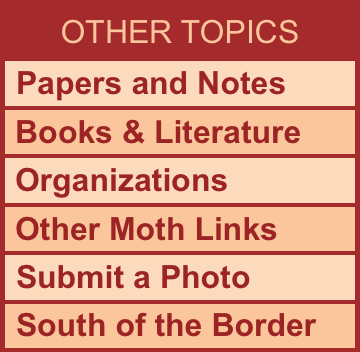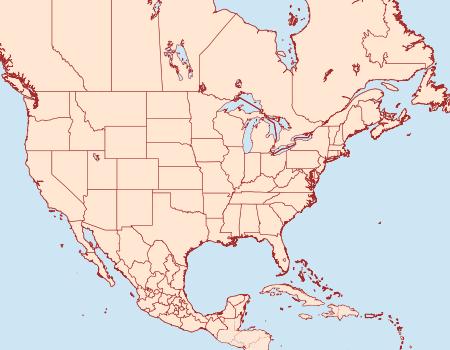
|

Digital Guide to Moth Identification |

|
|
Crambidae
990288n –
19288 Diatraea lineolata
(Walker, 1856)
|
| Photographs are the copyrighted property of each photographer listed. Contact individual photographers for permission to use for any purpose. |

Large Map & Chart Report Errors About Maps |
| Photographs are needed for this species. |
Moth Photographers Group at the Mississippi Entomological Museum at the Mississippi State University
Send suggestions, or submit photographs to Webmaster — Moth Photographers Group
Database design and scripting support provided by Mike Boone
